As the owner and operator of the gloriously named Draft PunkOpens in new window, a Seattle company that installs and cleans draught systems, Ryan Downey is overly familiar with filth.
(Ed. note: Our house style uses “draught” instead of “draft.” The two terms have the same definition and pronunciation. We like to keep it olde school.)
During calls to restaurants, bars, and taprooms, he’s found evidence of rats chomping through insulation to build nests or gnawing tap lines to lap up sugary beer. Some customers filled cooling systems with cheaper, toxic car antifreeze instead of food-grade propylene glycol. And during one gnarly job, he discovered a draught beer tower’s years-long leak, leading to thick layers of slime and grime and a lively insect infestation.
“I saw probably 300 cockroaches,” says Downey, an Advanced Cicerone who opened Draft Punk in 2019. These behind-the-bar jobs have led Downey to adjust where he eats and drinks. “When I go out now, I only go out to my accounts that care about quality beer.”
A brewery can write an airtight recipe, source top-shelf raw materials, and brew a flawless beer, but all those efforts are for naught if a draught system is dirty. A beer might taste metallic, or bacterial contaminations can add notes of vinegar, butterscotch, or butter.
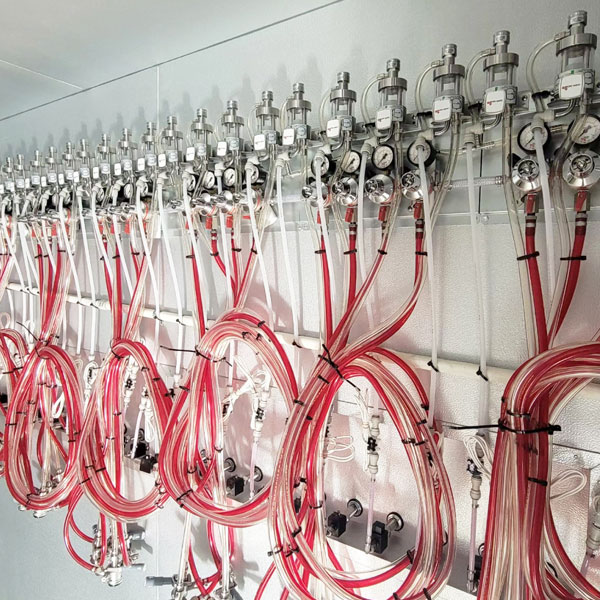
“We’ve all gone into a bar and thrown down $10 for a pint of beer that you’ve wanted to try, and it tastes like movie theater popcorn,” says Nicholas Martel, a wholesale draft technician for Bissell Brothers in Portland, Maine. He prevents the disappointment of drinking subpar The Substance, the brewery’s flagship IPA, by cleaning customers’ draught lines. “It’s the last step of quality assurance in our product,” he says.
After a keg of beer leaves a brewery, the final lines of defense between delicious pints and drain pours are draught technicians. They service draft equipment by recirculating cleaning solutions through draught lines and disassembling and sanitizing faucets, ensuring squeaky-clean beers are served at ideal temperatures with ample fizz, not a drop wasted. A great-tasting draught beer can lead customers to order a second pint, or perhaps a third, adding dollars to a business’s bottom line.
“I’m selling a service that every bar and restaurant needs,” says Downey, who counts Stoup BrewingOpens in new window and Ridgewood Bottle & TapOpens in new window as clients.
It’s a Dirty Job, but Some People Love Doing It
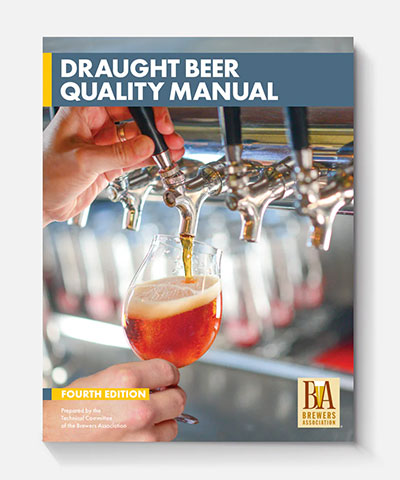
The world is messy. Mopping, wiping, polishing, and scrubbing might temporarily restore cleanliness, but smudges, footprints, and spills will inevitably sully surfaces; that’s when bacteria and fungi set up camp. From hoses to faucets, draft systems must be regularly cleaned with sanitizing chemicals, ideally every two weeks, according to standards recommended by the Brewers Association’s Draught Beer Quality ManualOpens in new window.
“I’ve been working in draught beer for about 25 years, and it’s always been one of the top priorities, if not the top priority, in draught beer quality,” says Neil Witte, founder and owner of Craft Quality SolutionsOpens in new window, a Kansas City, Mo., consulting firm focused on beer service. (He’s also co-author of the Draught Beer Quality Manual.) “We need retailers to start focusing on quality.”
In more than two-thirds of the states, Witte says, distributors are responsible for cleaning draught lines; it’s up to retailers in the remaining states, a job that’s often farmed out to third-party companies.
Brooklyn’s Sean Lynch saw firsthand the need for clean draught lines while working in sales for a beer distributor and then a brewery. “More than 90 percent of the bars weren’t cleaning their lines,” Lynch says, too often impacting taste. “I saw an opportunity.”
In 2014, Lynch founded Draught MechanicsOpens in new window, in time building draft systems for Finback Brewery and Threes Brewing and cleaning lines for New York City’s growing ranks of breweries, including Strong Rope, Evil Twin, and Kings County Brewers Collective.
“I’ve been in a lot of basements in this city, that’s for sure,” Lynch says.
The coolers where kegs are stored can be hotbeds of mold colonies. “Every time you tap and untap the keg, there’s a chance something will splash out,” Lynch says. If the beer isn’t wiped off a surface, mold will grow. “No one cleans their coolers. The coolers are shockingly disgusting in some of the most high-end restaurants of this city.”
Beer isn’t the only liquid dispensed on tap, and draught-line technicians are finding opportunities beyond IPA. Carly Maughan, who founded Coastal Clear TapsOpens in new window in St. Petersburg, Fla., in 2023, also cleans lines that serve cocktails and coffee, plus drinks containing kava and kratom.
“They’re very big down here,” says Maughan, who first became interested in cleaning draught lines while bartending at LIC Beer Project, a since-shuttered New York City brewery. She enrolled in a three-day training course (“I was the only female,” she says), before eventually landing a job with Draft ChoiceOpens in new window, a line-cleaning company in NYC.
“I fell in love with it,” says Maughan, who views dirty tap lines as a disservice to brewers’ hard work. “That’s where I come in, and that’s what made me feel like this work is incredibly important.”
If You Want Clean Lines, Do It Yourself
Draught beer has yet to fully recover from the pandemic lows of closed bars and restaurants. An estimated 7 to 13 percent of America’s installed draught lines are not pouring beer, according to Draftline TechnologiesOpens in new window, which monitors more than 1 million draught lines.
Fewer kegs sold means less money for distributors, and as a result, “line-cleaning teams are stretched thin,” Witte says. “I’m seeing more accounts that are on a three- or four-week cleaning cycle.”
Instead, some beer-focused bars are taking cleaning into their own hands. “We don’t let anyone else touch our draught lines,” says Drew Watson, co-founder of Hops & PieOpens in new window in Denver. The beer-focused pizzeria has 30 lines of always fresh, always excellent craft beer from breweries including Russian RiverOpens in new window, AllagashOpens in new window, and Westbound & DownOpens in new window. Hops & Pie cleans each line after changing kegs and thoroughly sanitizes its entire system every three weeks.
“Our regimen is nonstop,” Watson says.
Most beer lines use clear vinyl tubing, and the relatively porous material and susceptibility to flavor and bacterial contamination means that the tubes should be replaced every year or two, according to the Draught Beer Quality Manual.
At the Courtyard BreweryOpens in new window in New Orleans, which only sells draught beer and crowlers, owner Scott Wood regularly performs a visual inspection of the lines, marking ages in a calendar. “We replace hoses every month to two months,” Wood says. “For the cost of less than half a pint, we make sure that we have clean lines at all times.”
Even with a fastidious cleaning protocol, bacteria and biofilm can still find an overlooked crevice. For a while, a funky glassware smell flummoxed the Courtyard crew before it discovered that the glass rinser sprayer had a biofilm buildup. Now the brewery breaks down the glass spritzer nightly.
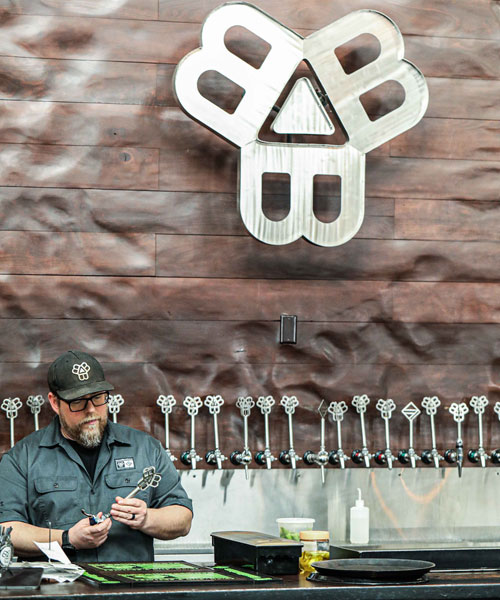
“That’s part of our draught system,” Wood says. “There are so many small parts where things can go wrong.”
Craft breweries that self-distribute beer, such as Bissell Brothers, also take extra steps to ensure beers taste great. Martel spends five days a week on the road visiting accounts across Maine, cleaning taps at anywhere from eight to 15 places daily.
“It’s a last step of quality assurance in our product,” Martel says. “It’s the reassurance that our product is being presented the best way it possibly can.”
Line cleaners are essential safeguards ensuring customers receive tasty pints. They often work when bars, restaurants, and taprooms are closed, scouring dark and damp nooks and crannies, toiling in anonymity, serving as foes to microbes and friends to great beer. “Most people don’t even realize that my job exists,” says Draught Mechanics’ Lynch, who has kept many clients for the last decade.
“It’s not a matter of doing the right thing,” he says. “It’s a matter of being able to sell beer that tastes good.”
CraftBeer.com is fully dedicated to small and independent U.S. breweries. We are published by the Brewers Association, the not-for-profit trade group dedicated to promoting and protecting America’s small and independent craft brewers. Stories and opinions shared on CraftBeer.com do not imply endorsement by or positions taken by the Brewers Association or its members.
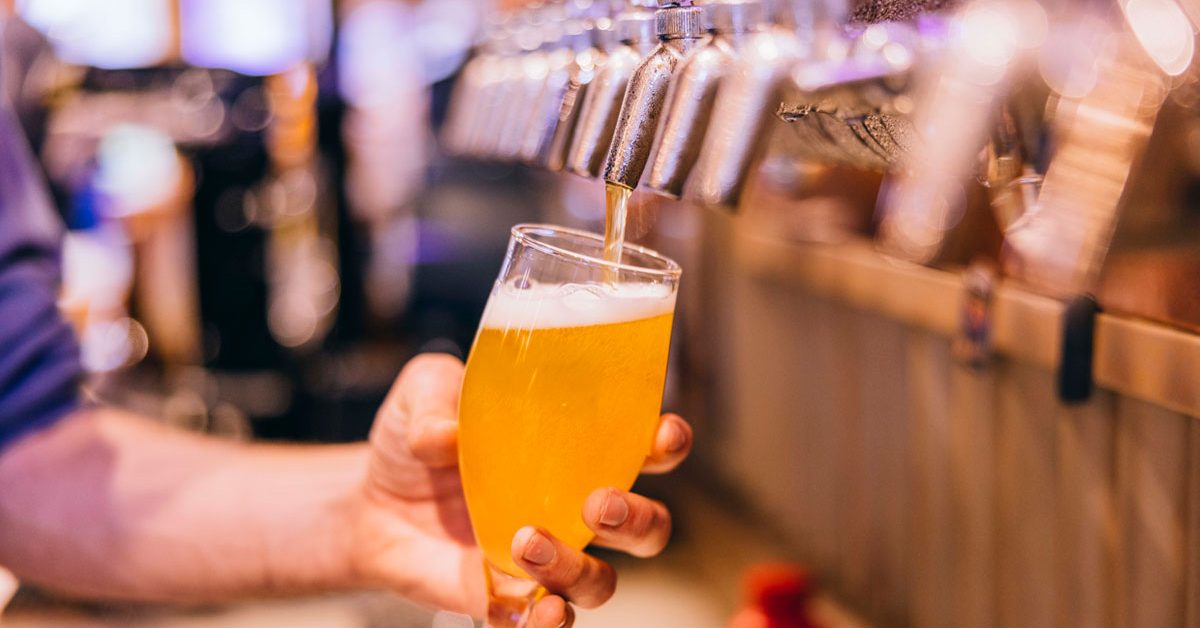
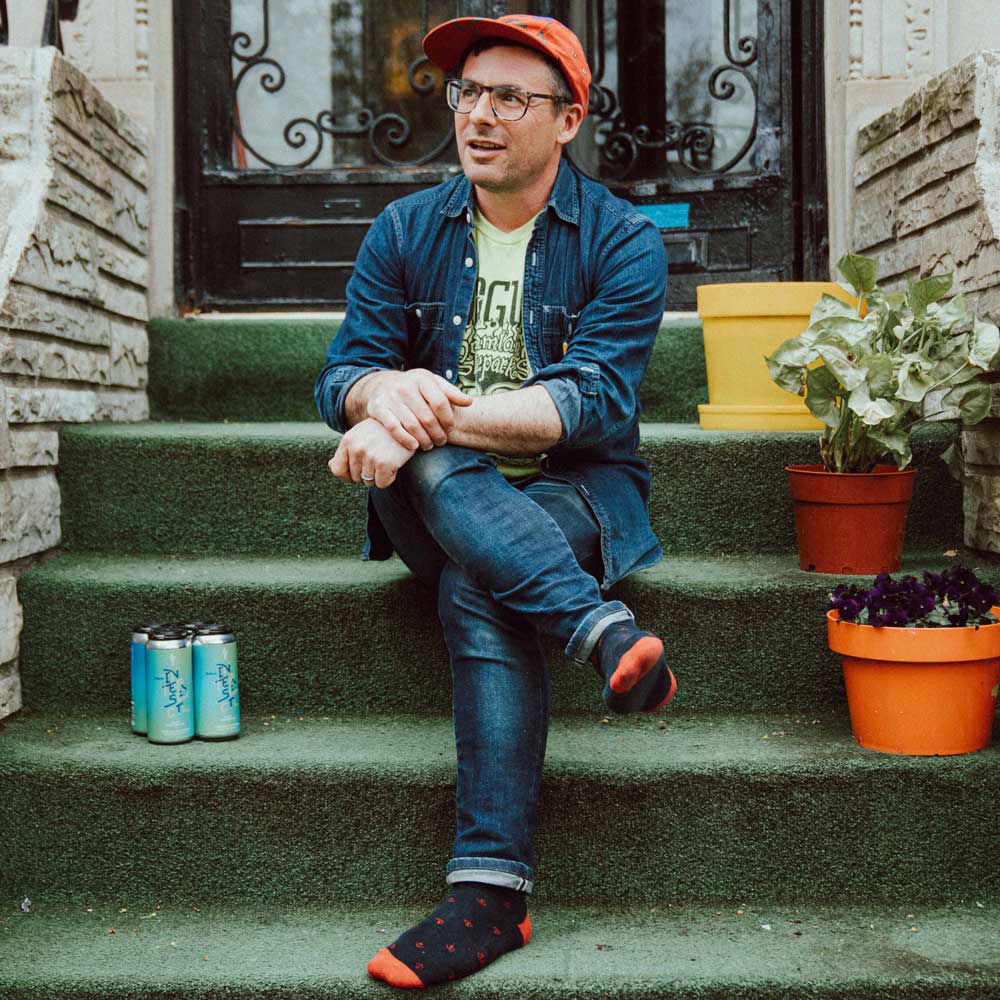
Share Post